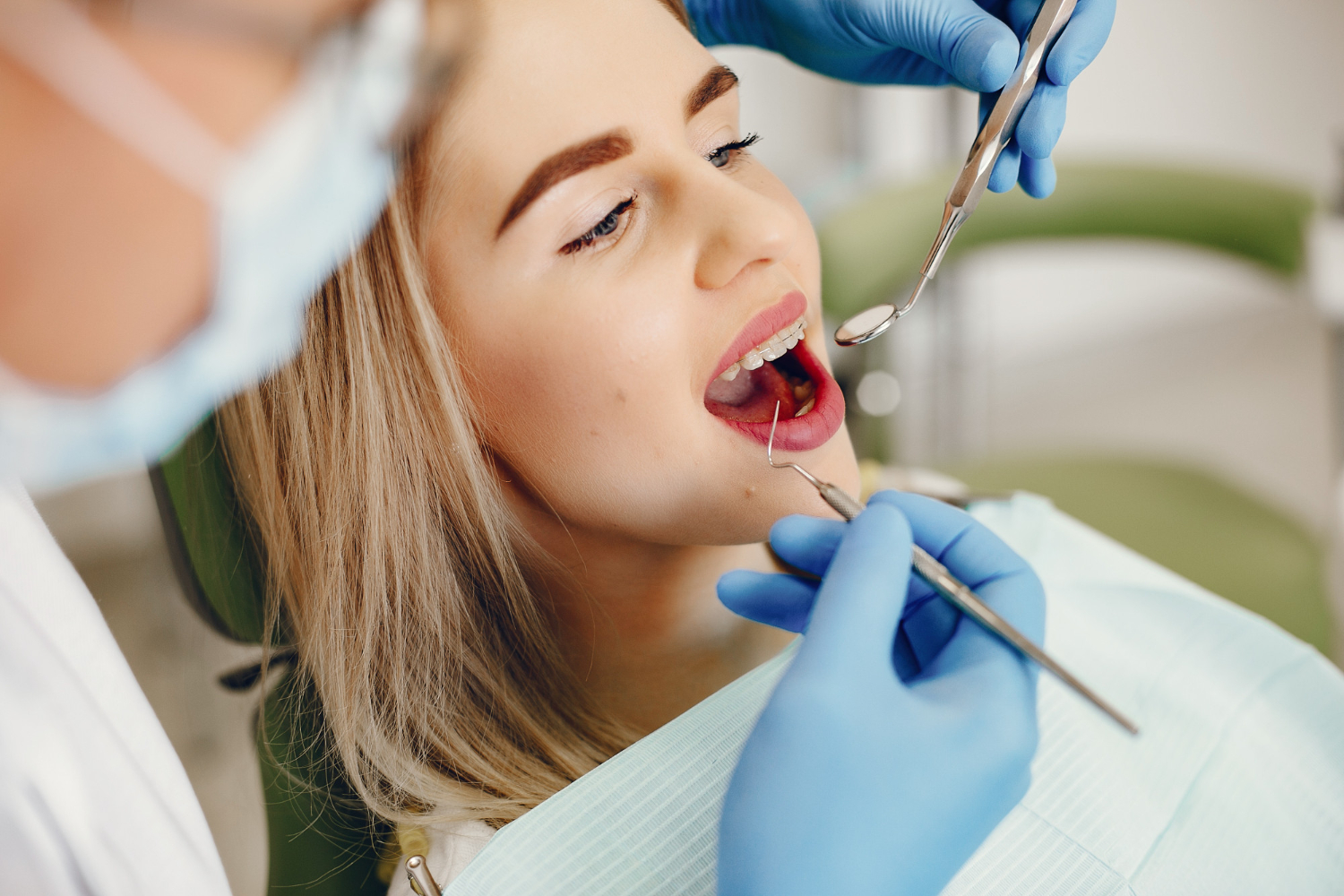Dental X-Rays is also known as Dental Radiographs. It is a type of image of your teeth, with the help of that image, dentist evaluates and examine your oral health. it is an initial and essential part of dental treatment. Taking of X-Rays Help the dentist to find and Diagnosis problem at earlier stage before they become major problem
Dental X-rays is essential & useful tool for inspecting your oral health. Dentist can check your health by visual examination but there may be conditions that, some issues can only be detected with the help of X-rays Only.

Energy in the form of Rays is passed By X-ray Machine inside the mouth. Teeths, Bones & tissues of the mouth is very dense as compared to other organs, hence it is absorbed X-rays. infected part of the teeth or Bones or Gums or cheeks don’t absorb the X-rays, Hence it is look darker in the X-ray Film.
Dental X-Rays is useful to find abnormalities like:
• Cavities, Decay Between teeth and Fillings
• Periodontal Disease Impacted
• Missing and Cracked teeth
• Endodontic Problems
• Gum Disease, Different Types of Tumors
X-rays are mainly divided into two catagories
1.Intraoral X-rays
2.Extraoral X-Rays
1.Intraoral X-rays:
It is most commonly used type of X-rays. It gives the deep details about Cavities, Health of tooth root, and status of developing tooth.
Intraoral X-rays further Divided into 3 Parts
1.Bite-Wing X-rays:
This X-rays help dentist to find Decay between Back Teeth.
2.Periapical X-rays:This X-rays help dentist to find the entire lenth of each tooth from top to bottom,i.e from Crown to Root.
3.Occlusal X- rays:This X-rays Shows the arch of teeth of upper jaw or lower jaw. This X-ray help dentist to monitor the teeth development and placement.
1.Extraoral X-rays:
This X-ray gives proper details about teeth as well as Jaw and Skull. It gives less details than Intraoral X-ray. Hence they are usually not used.
Dental X-RAY OPG Advantages :
• Broad anatomic region is imaged.
• Low radiation dose.
• Convenient, easy and fast. The entire procedure takes 14 seconds exposure time.
• No overlapping of facial bones.
Indications :
• Evaluation of trauma, third molar, extensive pathology.
• Evaluation of tooth development especially mixed dentition analysis.
• Evaluation of development anomlies like cleft palate.
• Temporomandibular joint pathology, dislocation or fractures can be clearly visualized without overlap.
• Multiple dental/oral problems caused by tobacco/Pan masala chewing in elders & Chocolates in children are caught by a single X-ray.